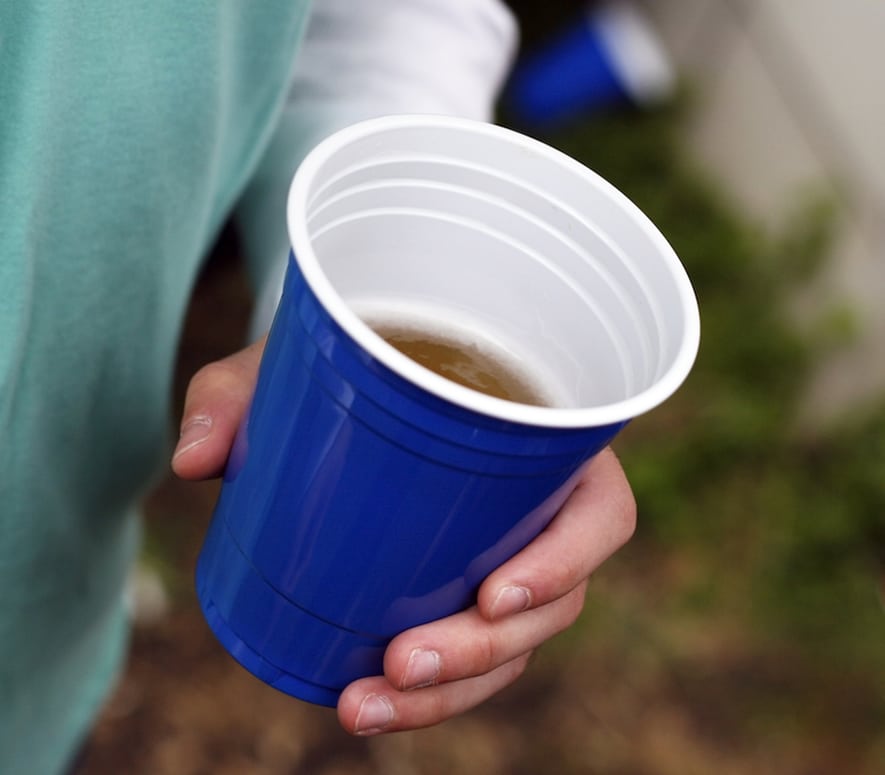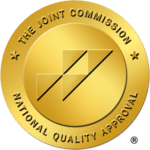According to the 2019 National Survey on Drug Use and Health, 85.6 percent of people 18 and older reported that they drank alcohol at some point in their lifetime. 69.5 percent of people reported drinking alcohol in the last year and 54.9 percent reported drinking in the last month.
While not every person who drinks is at risk of becoming an alcoholic, there are certain alcohol addiction risk factors to be aware of.
Here’s what to watch out for:
Binge drinking
Binge drinking is one of the most common alcohol addiction risk factors. It is defined by the National Institute on Alcohol Abuse and Alcoholism (NIAAA) as a pattern of drinking that quickly brings blood alcohol content (BAC) levels up to .08 g/dL or higher. When a man consumes five or more drinks within two hours or a woman consumes four or more drinks within two hours, this is considered binge drinking.
When a man consumes five or more drinks within two hours or a woman consumes four or more drinks within two hours, this is considered binge drinking.
In the 2019 survey, 25.8 percent of people 18 and older reported binge drinking. The Centers for Disease Control states that the highest prevalence for binge drinking, however, tends to be adults 25 to 34 years old, and the trend is surprisingly on the rise in older adults, particularly men over 65 years old.
The reason binge drinking is an alcohol addiction risk factor is because drinking alcohol in large quantities sets the body up—mentally and physically – for dependence as well as other types of risk, including alcohol poisoning, liver and organ damage, psychological impairment, injuries, poor judgment and more.
Although binge drinking increases risk of alcohol addiction, not every binge drinker will develop alcohol use disorder.
High-intensity drinking
According to the National Institutes of Health, high-intensity drinking or extreme binge drinking is an underage drinking trend defined as drinking two to three times more than the binge drinking definition of five drinks for men and four drinks for women, within a two-hour time frame.
High-intensity drinking means drinking 10 to 15 alcoholic beverages in the same short expanse of time—an extremely dangerous behavior. High-intensity drinking at twice the binge drinking cutoff makes it 70 times more likely the person will end up with an alcohol-related emergency room visit. Such drinking at three times the binge drinking cutoff makes an alcohol-related ER visit 93 times more likely.
Underage drinking
The National Institute on Alcohol Abuse and Alcoholism further states that if someone begins to drink alcohol before the age of 15, that person is approximately four times more likely to develop an alcohol addiction later in life. Drinking at a young age increases alcohol addiction risk factors, starting with the brain itself. Drinking alcohol interferes with brain development and can affect social and behavioral development as well.
In recovery circles, it’s common to hear: “The age at which I started drinking is the age whenI quit growing emotionally.”
For many recovering adult alcoholics, that means being teenagers who’ve never grown up emotionally, socially, psychologically. Alcohol has had its erosive effect on our relationships with our friends, families, spouses, partners, colleagues, and ultimately, with ourselves.
In recovery circles, it’s common to hear: “The age at which I started drinking is the age when I quit growing emotionally.”
People with genetic predispositions
The NIAAA also states that a person’s genes are approximately 50 percent responsible for whether that person develops alcohol addiction. Specifically, if a parent or close relative has an alcohol addiction, you have a greater risk of developing alcohol use disorder.
What’s empowering, however, is the knowledge you already have. Knowing that you have alcohol addiction risk factors can help you make better decisions and use good judgment. You can choose to get help now instead of continuing down a potential path of self-destruction, hangovers and remorse.
How alcohol addiction treatment services can help
Professional alcohol addiction treatment is necessary because alcohol use disorder is a disease of the brain. When you drink alcohol, the brain releases dopamine. As a result, the brain begins to associate alcohol with pleasurable feelings and you start to crave the alcohol.
As you continue to drink, you develop a tolerance that causes you to drink more alcohol so you can obtain the desired effects. When you drink less alcohol, you may experience withdrawal symptoms so then you have to relieve the symptoms by drinking more alcohol. Therefore, the addiction prevents you from being able to stop using or slow down your use of alcohol.
This process is what makes it so hard for people to cut back or stop drinking on their own.
Alcohol addiction treatment in New Jersey
At Lifetime Recovery we provide alcohol addiction treatment in Mullica Hill, NJ, in South Jersey at our outpatient and medical detox treatment center where we treat people with conditions ranging from drug and alcohol addiction to mental illness as well as co-occurring disorders/dual-diagnosis.
We’re also one of the few alcohol and drug rehab centers to provide gambling addiction treatment. Through our integrated model and holistic approaches, we provide evidence-based winning solutions for you to recover from addiction and develop healthy ways to live the rest of your life.
Serving all of New Jersey, Philadelphia, Delaware, Connecticut, and New York.



